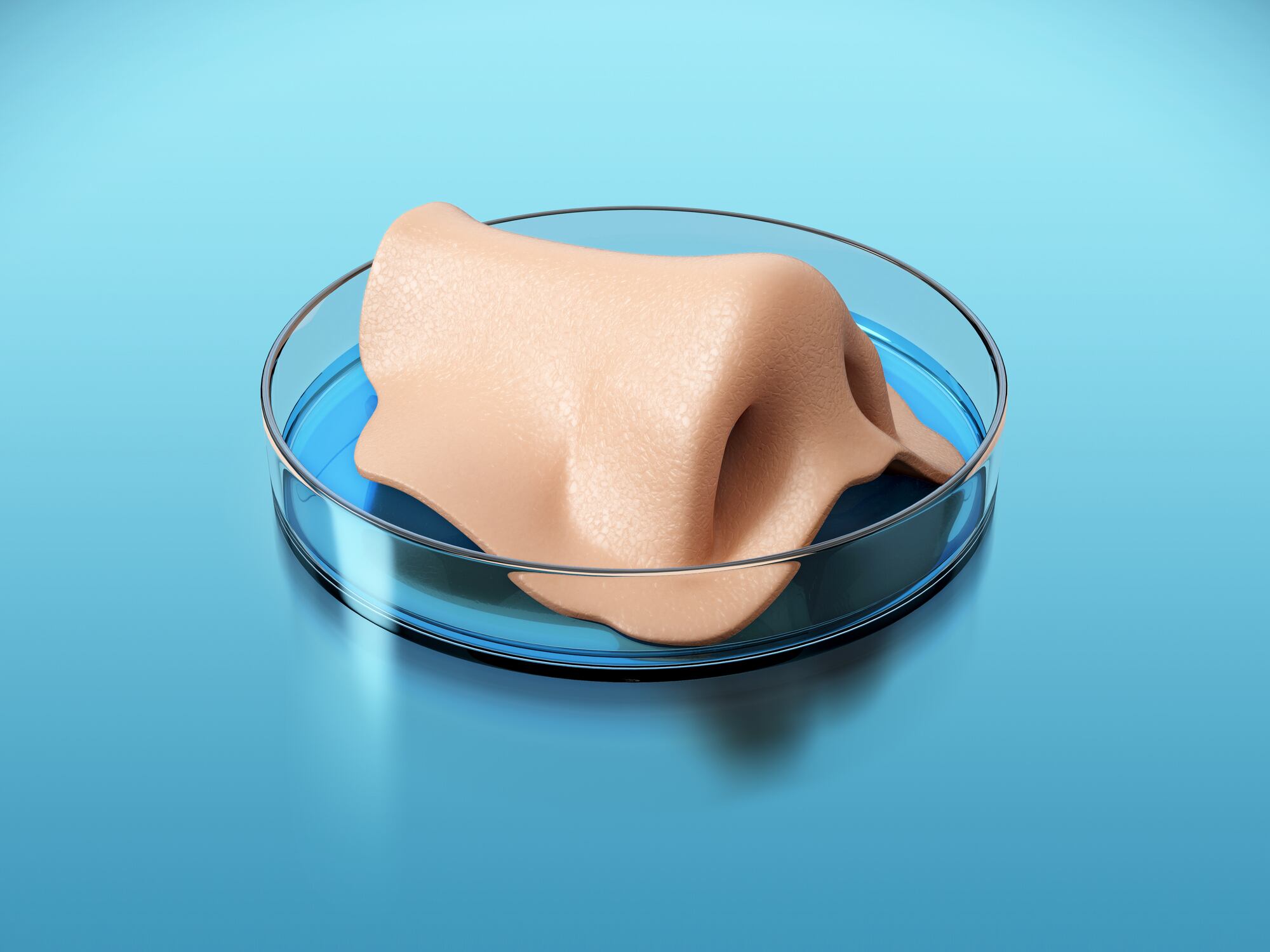Although testing on animals for cosmetics purposes has been banned in many markets for a long time, there are still some countries that continue this practice.
Plus, even in the markets that have banned animal testing, there are also some quirks in chemicals regulations that mean sometimes a substance may still require being tested on animals.
As such, there is still a need for alternative testing methods and one of these is bioprinted skin.
According to the CEO of bioprinting technology company Vital 3D, Vidmantas Šakalys, the tech has the potential to replicate human skin with high precision, allowing researchers to model skin responses to cosmetic products.
According to the company, in the cosmetics industry alone, 78% of the top 50 beauty brands in 2024 continued to rely on animal testing for product development, despite many beauty shoppers taking a stand against this.
We spoke to Vidmantas Šakalys to find out how this technology could be used in the future and the challenges it currently.
Cosmetics Design Europe (CDE): How could bioprinting disrupt the cosmetics industry in the future?
Vidmantas Šakalys (VS): Bioprinting holds the potential to revolutionise the cosmetics industry by offering advanced, ethical, and efficient testing methods. These include:
1. Animal-free testing: Bioprinted human skin models can mimic the structure and function of real human skin, enabling companies to test products like moisturisers, anti-ageing creams, and sunscreens for safety and efficacy without animal testing. This aligns with global trends toward cruelty-free practices.
2. Precision and personalisation: Bioprinting could enable the development of customized skincare products tailored to individual skin types based on testing with personalised skin models.
3. Accelerated product development: Bioprinted tissues allow for faster testing cycles, providing reliable and reproducible results, potentially reducing the time to market for new products.
4. Regulatory compliance: Bioprinting supports compliance with strict animal-testing bans in regions like the EU, paving the way for companies to innovate within legal and ethical constraints.
5. Reduced costs: With advancements in scalable bioprinting technologies, bioprinting could become more cost-effective over time than maintaining animal testing facilities.
CDE: What kinds of challenges must be addressed before bioprinting becomes a widely accepted alternative?
VS: Despite all of its promise, bioprinting also faces several challenges. These include:
1. Technological limitations: Current bioprinted skin models, while advanced, may not fully replicate all aspects of human skin, such as long-term reactions or interactions with systemic processes.
2. Cost and accessibility: Bioprinting technology and materials are still expensive, which may limit widespread adoption, particularly for smaller companies.
3. Regulatory hurdles: To ensure global adoption, regulatory bodies need to standardise and validate bioprinted tissues as acceptable alternatives to animal models.
4. Scalability: Developing bioprinted models at scale without compromising quality remains a technical challenge.
5. Industry resistance: Some companies may hesitate to invest in new technologies or shift away from traditional methods due to high initial costs or lack of expertise.




